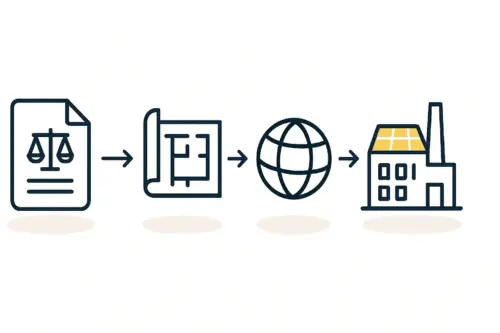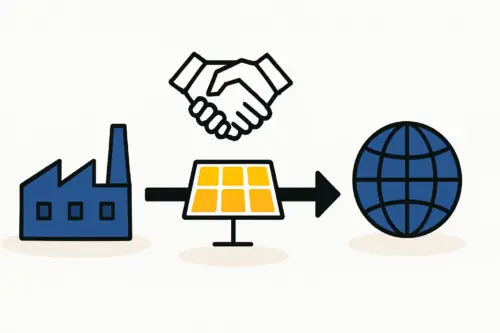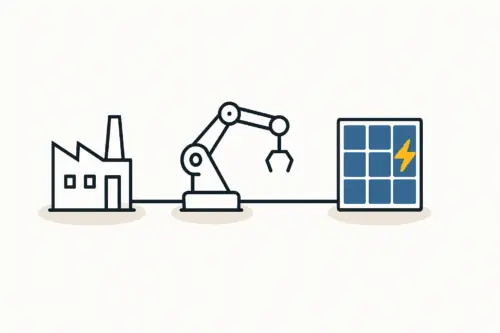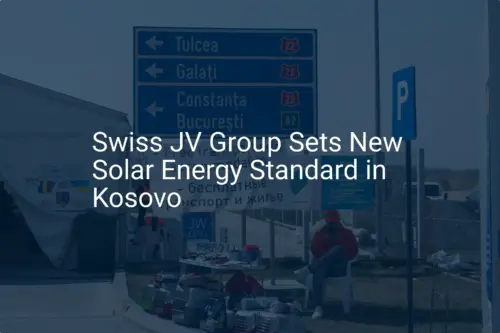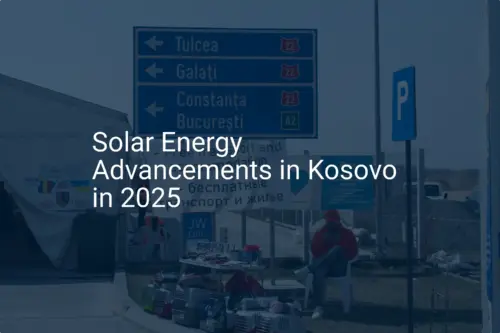An entrepreneur evaluating Kosovo for a new solar module factory might first focus on factors like labor costs, energy prices, and local incentives. However, the facility’s success ultimately hinges on a less visible but critical element: the strategic management of its raw material supply chain. As a landlocked country in the Balkan Peninsula, Kosovo presents logistical puzzles that, once solved, can become a significant competitive advantage.
This article outlines the primary logistical pathways for importing key solar module components into Kosovo, exploring how to leverage regional seaports, navigate customs frameworks, and capitalize on local industrial strengths to build a resilient and cost-effective supply chain.
The Geographic Reality: A Landlocked Operation’s Gateway to the World
Kosovo’s central position in Southeast Europe is a strategic asset for distribution but demands a clear plan for inbound logistics. Since most specialized raw materials—particularly solar cells—are sourced from manufacturers in Asia, a multi-stage import process combining sea and land transport is essential.
The success of this process hinges on establishing reliable partnerships with freight forwarders and customs agents experienced in the region. The primary entry points for sea freight destined for Kosovo are the major regional ports in neighboring countries.
Key Import Gateways: The Ports of Durrës and Thessaloniki
For a solar manufacturing facility in Kosovo, nearly all containerized freight will arrive through one of two main maritime hubs:
-
Port of Durrës, Albania: Located approximately 280 kilometers from Pristina, Durrës is the closest major seaport. The improved road infrastructure connecting Albania and Kosovo makes it an efficient primary corridor for goods.
-
Port of Thessaloniki, Greece: As one of the largest ports in the Aegean Sea, Thessaloniki offers extensive global shipping connections. It is located about 300 kilometers from Pristina and is well-connected through the international road network.
Once containers arrive at these ports, they are transferred to trucks for the final leg of the journey. The choice between Durrës and Thessaloniki typically depends on shipping line availability, transit times from the origin port, and the specific costs and customs processing for each inland route. A thorough analysis of both options is fundamental to developing a logistics strategy.

Sourcing Critical Components: A Global and Local Approach
A solar module assembly line requires a steady flow of various components. Understanding What raw materials are needed to manufacture a solar panel? is the first step in designing the supply chain. These materials fall into two categories: components that must be imported globally and those with potential for local or regional sourcing.
Ready to make big Profits?
The solar Industry is Booming
WE HELP NEWCOMERS to the solar industry start their own solar module production line. Customers can make BIG PROFITS by selling modules and finding investors, without wasting money and time on things they don't need!
Globally Sourced Materials: Solar Cells and Glass
Solar Cells: These are the most critical and high-value components. The world’s leading cell manufacturers are predominantly in China and Southeast Asia, making long-distance sea freight a necessity.
Solar Glass: High-quality, low-iron tempered glass for solar modules is a specialized product also primarily manufactured in Asia and Europe. Due to its weight and fragility, transport requires careful planning and specialized handling.
For these items, the supply chain begins with procurement from overseas suppliers, followed by sea transport to Durrës or Thessaloniki, customs clearance, and finally overland trucking to the factory.
Sourcing Opportunities: Aluminum Frames and Other Components
While core components are imported, Kosovo’s established industrial base offers opportunities to source some materials locally or regionally, which can reduce transport costs, shorten lead times, and support the local economy.
Aluminum Frames: Kosovo has a history of metal processing and aluminum extrusion. Partnering with local suppliers to produce frames to exact specifications is a viable and advantageous strategy. This approach transforms a logistical challenge into a local value-creation opportunity.
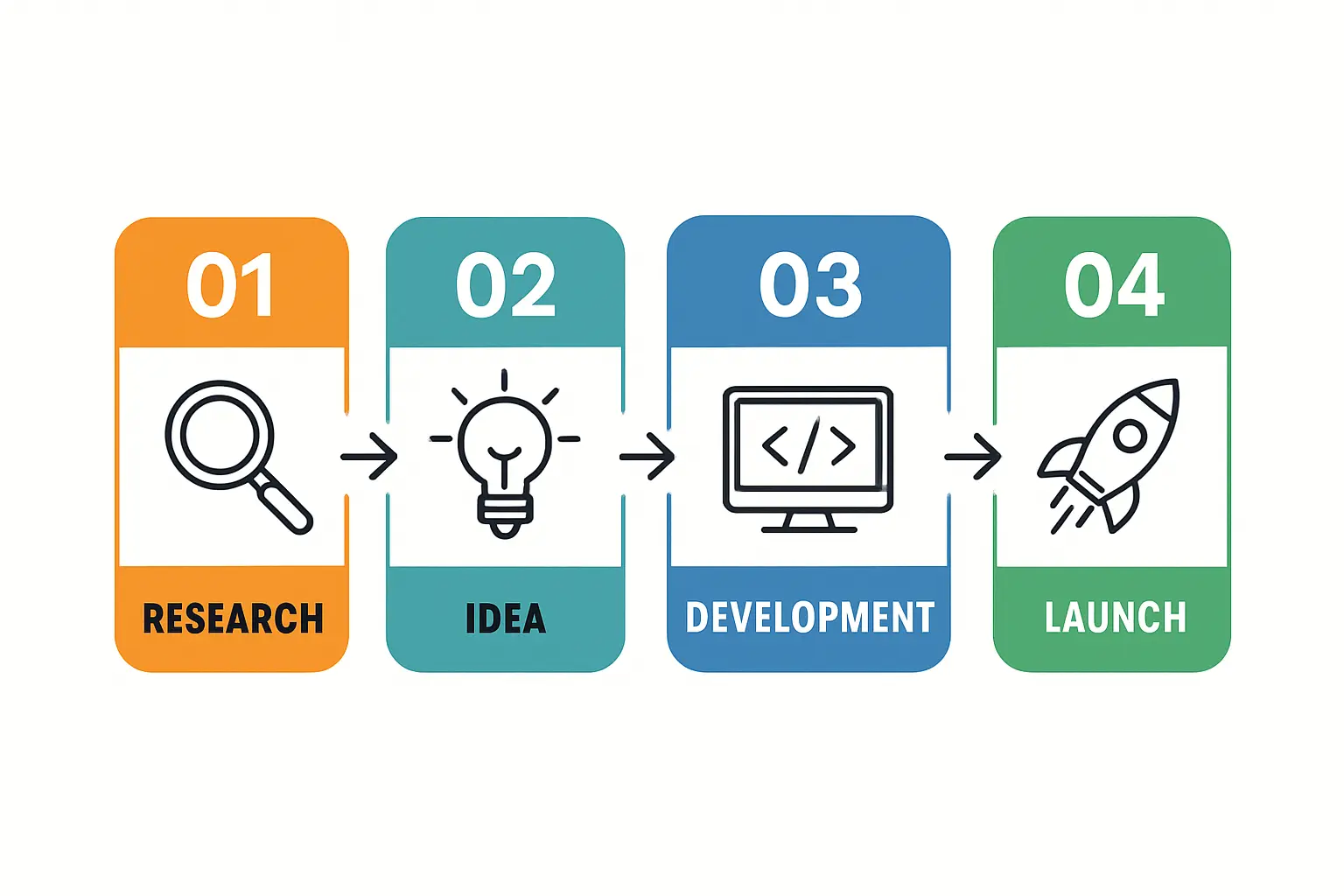
Junction Boxes, Encapsulants (EVA), and Backsheets: These components are available from suppliers in Europe as well as Asia. Sourcing from European manufacturers can offer advantages like shorter shipping times and simpler customs procedures, especially given Kosovo’s trade agreements.
Navigating Customs and Capitalizing on Trade Agreements
A clear understanding of the customs and trade landscape is essential for financial planning. Kosovo is a member of the Central European Free Trade Agreement (CEFTA) and has a Stabilisation and Association Agreement (SAA) with the European Union.
These agreements can be highly beneficial for a solar manufacturer:
-
Reduced Import Tariffs: The SAA facilitates trade with the EU, potentially lowering duties on imported machinery and raw materials sourced from member states.
-
Export Advantages: For finished solar modules, these agreements provide preferential access to markets in the CEFTA region and the EU, making a factory in Kosovo a competitive hub for regional distribution.
Properly structuring import and export documentation to align with these agreements can yield significant cost savings and streamline cross-border movements.
Integrating Logistics into the Broader Business Plan
Supply chain costs and timelines are critical inputs for the overall financial model. When determining how much does it cost to start a solar panel factory?, logistics must be factored in alongside capital expenditures for equipment and construction.
Similarly, lead times for receiving materials directly impact production planning and cash flow management. The initial importation of the production line itself—covered in guides like the essential guide to solar panel manufacturing equipment—will be the first major test of a company’s logistical setup. Based on experience from J.v.G. turnkey projects, planning these initial shipments six to nine months in advance is standard practice.
Frequently Asked Questions (FAQ)
What are the primary logistical challenges for a solar factory in Kosovo?
The main challenges stem from its landlocked status, which requires a two-part (sea and land) import process. This means relying on the efficiency of regional ports in neighboring countries and carefully coordinating border crossings. However, these challenges are manageable with experienced logistics partners.
Are there reliable local suppliers for any key solar panel components?
Yes, particularly for aluminum frames. Given Kosovo’s industrial capacity in metal processing, local sourcing for frames is a promising opportunity that offers significant cost and lead-time advantages. Specialized components like solar cells and electronics, however, must still be imported.
How do trade agreements like CEFTA and the SAA benefit a solar manufacturer?
These agreements reduce or eliminate customs duties on goods traded between Kosovo and member countries. This lowers the cost of importing certain raw materials and machinery from the EU and provides preferential, lower-tariff access for exporting finished solar panels to a wide regional market.
What is a realistic lead time for receiving materials from Asia?
Investors should plan for a total lead time of 6 to 10 weeks. This includes 4 to 8 weeks for ocean freight from a major Asian port to Durrës or Thessaloniki, plus another several days to a week for port handling, customs clearance, and overland transport to the factory.
Next Steps for Planning Your Operation
Successfully establishing a solar module factory in Kosovo requires a logistics strategy that is as robust as the production plan itself. By carefully selecting port gateways, balancing global and local sourcing, and leveraging favorable trade agreements, an investor can build a resilient and competitive manufacturing operation.
The final quality and marketability of the product depend on meeting international standards. To ensure your finished modules are eligible for sale in target markets, your next step is understanding product validation. A detailed exploration of how to get your solar panels certified? is crucial for competing both regionally and internationally.


